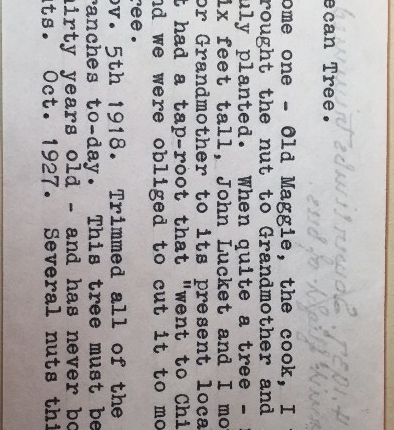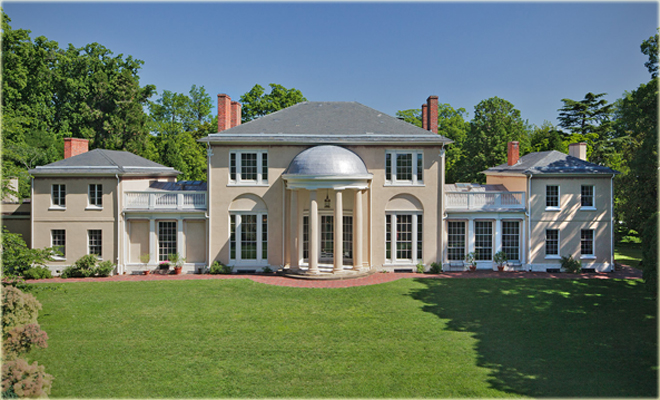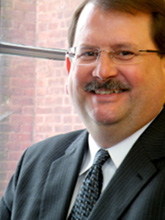Tudor Place Returns to Agrarian Roots: Re-Interpreting for Its 3rd Century
To meet Americans’ growing fascination with land use, ecology, and food sources, and to mark the site’s bicentennial, the Tudor Place Foundation has reassessed the National Historic Landmark’s interpretive focus. As of today, April 1, 2016, in a nod to its semi-agrarian origins, the site has been converted to a working farm.
Executive Director Mark Hudson, who came to Tudor Place in October, spearheaded the redirection. “Tudor Place was just too many things to too many people,” he explained. “It has a vast archive and more than 15,000 artifacts and tells stories of American domestic and political life over more than 200 years. Imagine trying to cover all that in a 55-minute tour!”
“This way, we confine the story to a single function during a single 20-year time period,” Hudson continued, adding, “So much simpler. And besides, the grain harvest and livestock sales are good for the Annual Fund.”
Since opening to the public in 1988, the historic house was interpreted just as it was lived in by six generations of one family, from the years before its 1816 completion through the last private owner’s death, in 1983. Its five-and-a-half-acre historic garden traced Georgetown’s and the District’s evolution from a rough-hewn, semi-rural community to a major metropolis and offered a haven for plant lovers among elegant lawns, garden rooms, and features like gazebos, fountains and wooded paths.
In what some see as a nod to his Kansas origins, Hudson early in his tenure identified farming as a more profitable function for the site’s Gardens & Grounds professionals. Staff now tend cattle and hogs in the former North Garden, where the Boxwood Knot and its roses have proven especially appealing grazing. Tudor Place’s horticulturalist is also testing crop varieties on the South Lawn, where the Peter family once harvested hay by scythe. The 1919 Pierce-Arrow and new Tudor Place Garden Utility Vehicle now pull plows.
Practical functions have likewise been found for iconic but unproductive locations like the Summerhouse, now a grain storage depot, and the Bowling Green, where meals for farm hands — cooked by the Education staff in the 1914 historic kitchen — are laid out daily on trestle tables. The historic house designed by William Thornton has been closed to the public. Its first floor serves important museum and farm administration functions like bookkeeping, stuffing envelopes, grain sales and (to hedge against poor harvests) commodities trading.
On the house’s second floor, the Development department now occupies the west bedrooms and is enjoying a banner year, having sold three generations’ worth of Peter family toys and Caroline Ogden-Jones Peter’s exquisite 20th-century couture collection on Ebay. Britannia’s Civil War-era bedroom has also been emptied, to make room for a state-of-the-art Social Media Suite. That’s where the communications director and former Curatorial staff divide their time between thinking up viral memes using onetime collection objects and tweeting calf and piglet videos.
Outdoors meanwhile, visitors are flocking as never before to the original Tudor Place Smoke House. Recently dated (using dendrochronology) to 1794 and recognized as one of the District’s oldest original service buildings or “dependencies,” the brick-floored, roughly 10-foot-square building now houses D.C.’s newest entry in the popular farm-to-table restaurant space. EAT, the Smoke House Cafe, can accommodate just one table, a two-top. Book soon — the wait for reservations already extends into 2020. Note that Tudor Place members enjoy a 10% discount on dessert!
« Return to Blog











































